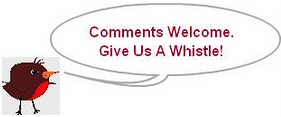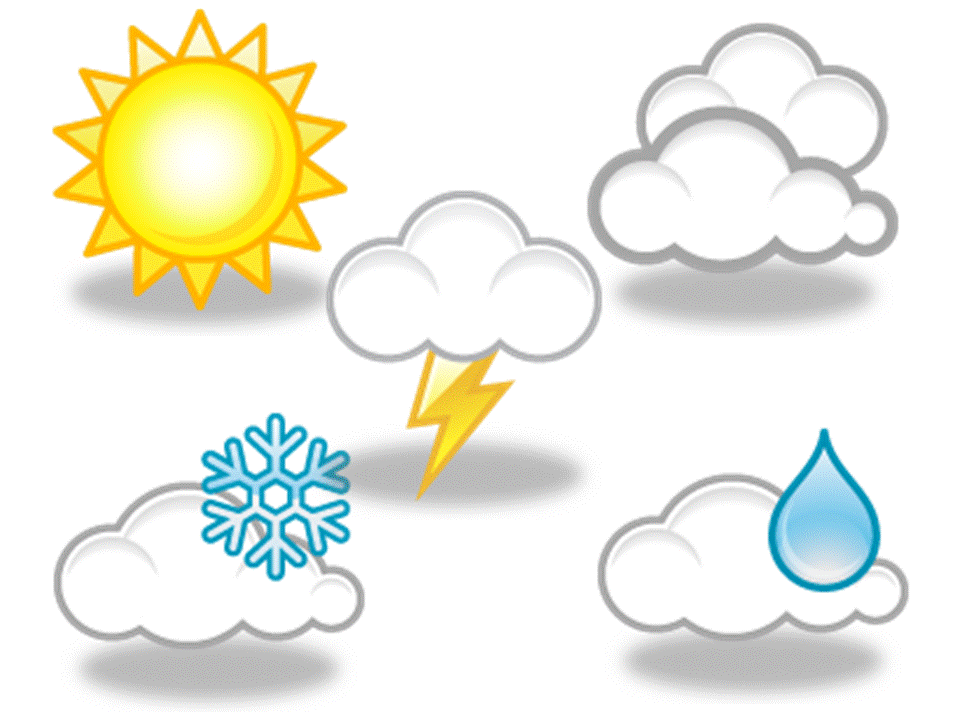It's tempting to try to salvage food after a power outage but be careful
Wildfires, winter storms, hurricanes and other natural disasters can jeopardize the safety of your food supply. Everybody knows that, but the question of what to do in a given situation can be hard to answer.
Meat, poultry, fish, and eggs should always be refrigerated at or below 40 F and frozen food at or below 0 F but this may be difficult when the power is out.
A few basic steps includekeeping the refrigerator and freezer doors closed as much as possible to maintain the cold temperature, the U.S. Department of Agriculture advises.
The refrigerator will keep food safely cold for about 4 hours if it is unopened. A full freezer will hold the temperature for approximately 48 hours (24 hours if it is half full) if the door remains closed.
Obtain dry or block ice to keep your refrigerator as cold as possible if you know or fear that the power is going to be out for a prolonged period of time. Fifty pounds of dry ice should hold an 18-cubic foot full freezer for 2 days. Plan ahead and know where dry ice and block ice can be purchased.
Be prepared for an emergency...
The USDA advises that you keep items on hand that don't require refrigeration and can be eaten cold or heated on the outdoor grill. Shelf-stable food, boxed or canned milk, water, and canned goods should be part of a planned emergency food supply.
Make sure you have ready-to-use baby formula for infants as well as plenty of pet food. Remember to use these items and replace them from time to time. Be sure to keep a hand-held can opener for an emergency.
Consider what you can do ahead of time to store your food safely in an emergency. If you live in a location that could be affected by a flood, plan your food storage on shelves that will be safely out of the way of contaminated water.
Coolers are a great help for keeping food cold if the power will be out for more than 4 hourshave a couple on hand along with frozen gel packs. When your freezer is not full, keep items close togetherthis helps the food stay cold longer.
Digital, dial, or instant-read food thermometers and appliance thermometers will help you know if the food is at safe temperatures. Keep appliance thermometers in the refrigerator and freezer at all times.
When the power is out, an appliance thermometer will always indicate the temperature in the refrigerator and freezer no matter how long the power has been out. The refrigerator temperature should be 40 F or below; the freezer, 0 F or lower. If you're not sure a particular food is cold enough, take its temperature with a food thermometer.
Don't store food outside
If there's a blizzard and your power goes out, resist the temptation to put your food outside in thesnow.
Frozen food can thaw if it is exposed to the sun's rays even when the temperature is very cold. Refrigerated food may become too warm and foodborne bacteria could grow. The outside temperature could vary hour by hour and the temperature outside will not protect refrigerated and frozen food.
Additionally, perishable items could be exposed to unsanitary conditions or to animals. Animals may harbor bacteria or disease; never consume food that has come in contact with an animal.
Rather than putting the food outside, consider taking advantage of the cold temperatures by making ice. Fill buckets, empty milk cartons or cans with water and leave them outside to freeze. Then put the homemade ice in your refrigerator, freezer, or coolers.
What about rethawing food after an outage?
You will have to evaluate each item separately. If an appliance thermometer was kept in the freezer, read the temperature when the power comes back on.
If the appliance thermometer stored in the freezer reads 40 F or below, the food is safe and may be refrozen. If a thermometer has not been kept in the freezer, check each package of food to determine the safety. Remember you can't rely on appearance or odor. If the food still contains ice crystals or is 40 F or below, it is safe to refreeze.
Refrigerated food should be safe as long as power is out no more than 4 hours. Keep the door closed as much as possible. Discard any perishable food (such as meat, poultry, fish, eggs, and leftovers) that have been above 40 F for 2 hours.
Posted: 2025-02-19 21:17:14




















